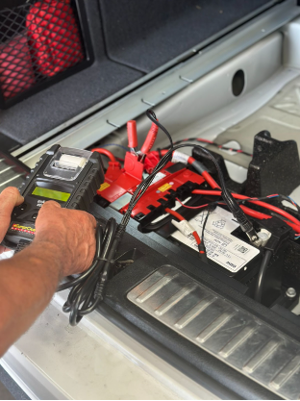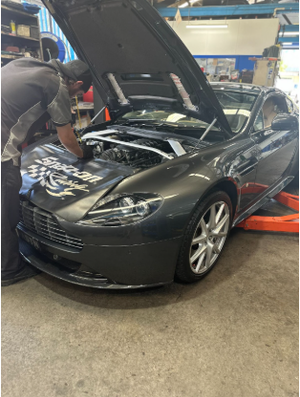
Book your service | Email: mga.repairs@gmail.com | Fax/Call us (02) 9708 4601
Book your service |
Email: mga.repairs@gmail.com |
Fax/Call us (02) 9708 4601
Blogs
What to Do When You Need Roadside Assistance in Sydney Step-by-Step Guide

Finding yourself stranded on the side of the road can be a stressful experience. Whether it’s a flat tire, a dead battery, or something more serious, knowing what steps to take can make a world of difference. This step-by-step guide is designed to help you navigate the process of getting roadside assistance Sydney, ensuring you’re prepared for any emergency.
Step 1: Stay Calm and Safe
The first and most crucial step is to remain calm. Panicking won’t solve the problem and can make the situation more dangerous. Ensure your safety by moving your vehicle to a safe location if possible. If you’re on a busy road, try to get your car to the shoulder or into a nearby parking area.
Turn on Hazard Lights
Once you’re safely off the road, turn on your hazard lights. This will alert other drivers that your vehicle is stationary and they should proceed with caution.
Set Up Warning Triangles
If you have warning triangles, place them a safe distance behind your vehicle to provide an additional warning to oncoming traffic. This is especially important at night or in poor visibility conditions.
Step 2: Assess the Situation
Take a moment to assess what happened to your vehicle. Identifying the problem can help you when you call for assistance. Common issues include:
Flat tire
Dead battery
Overheating engine
Fuel issues
Understanding the problem can give you a better idea of what kind of help you need.
Step 3: Contact Roadside Assistance Provider
Once you have assessed the situation, it’s time to contact your roadside assistance provider. In Sydney, there are several 24/7 assistance services available to help you.
How to Choose the Right Service
Consider factors like response time, coverage area, and the services they provide. Some popular options include:
NRMA
RACV
Allianz Global
What Information to Provide
When calling for emergency roadside service, be prepared to provide:
Your exact location (use your phone’s GPS if necessary)
A description of your vehicle
Details of the problem you’re experiencing
Your membership or policy number, if applicable
Step 4: Wait for Assistance
After you’ve contacted the provider, it’s important to wait safely. Keep your doors locked and stay inside your vehicle if it’s safe to do so.
Stay Visible
Ensure that your hazard lights remain on and that your warning triangles are in place to keep your vehicle visible to other drivers.
Monitor Your Surroundings
While waiting, be aware of your surroundings. If anyone approaches your vehicle and you feel uncomfortable, remain inside and call the authorities.
Step 5: Follow Professional Advice
Once help arrives, follow the advice and instructions of the provider professional. They are trained to handle a variety of situations and will guide you on the best course of action.
Repairs on the Spot
In many cases, assistance can resolve minor issues on the spot, such as changing a flat tire or jump-starting a battery.
Towing Services
If the problem is more serious and cannot be fixed on-site, they may arrange for your vehicle to be towed to a nearby garage or your preferred mechanic.
Step 6: Plan for the Future
After the immediate issue is resolved, take steps to prevent future roadside emergencies. Regular vehicle maintenance is key to avoiding unexpected breakdowns.
Routine Checks
Perform regular checks on your vehicles:
Tire pressure and tread
Battery health
Oil and coolant levels
Brakes and lights
Emergency Kit
Consider keeping an emergency kit in your vehicle that includes:
A first aid kit
Flashlight with extra batteries
Basic tools
Jumper cables
Non-perishable snacks and water
Conclusion
Being prepared and knowing what to do when you need assistance can turn a potentially stressful situation into a manageable one. By following these steps, you can ensure your safety and get back on the road as quickly as possible. Remember, the key is to stay calm, stay safe, and seek the right help when needed.
By understanding these steps and having a plan in place, you can drive with peace of mind knowing that you’re ready for any roadside emergency that comes your way.
Share this article
Recent Blogs
- All Posts
- Uncategorized



